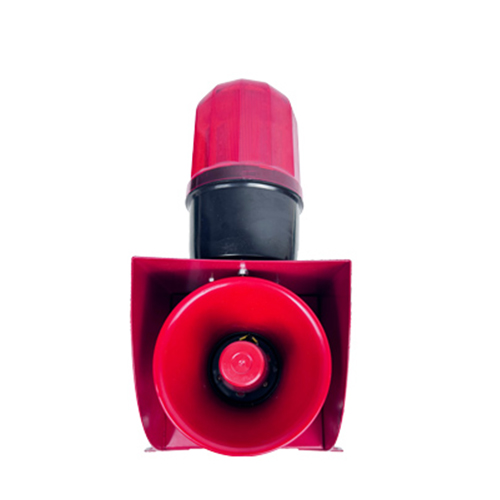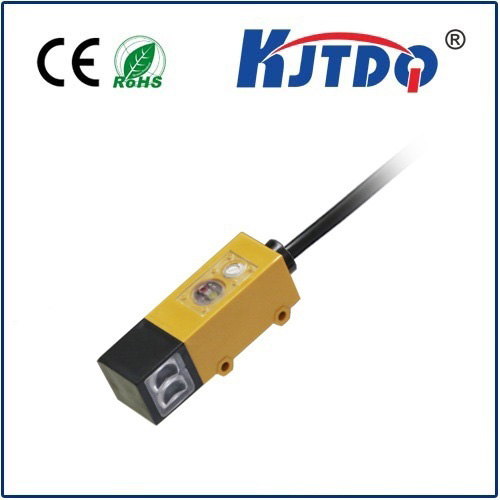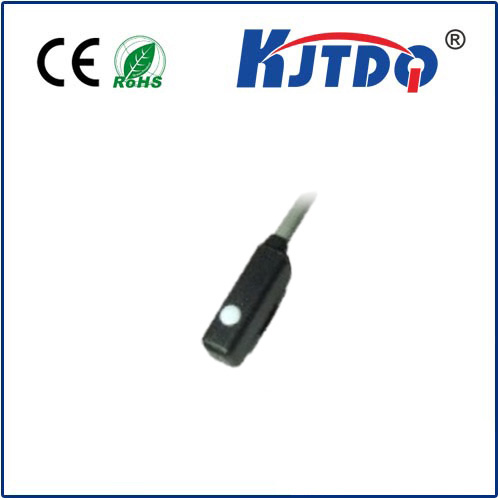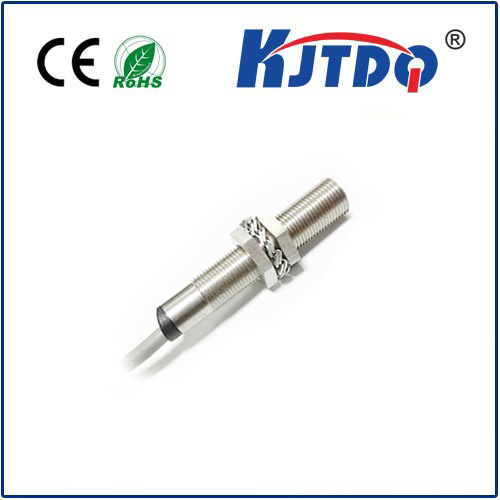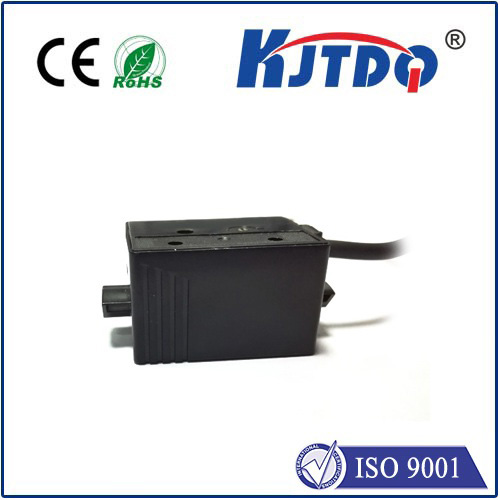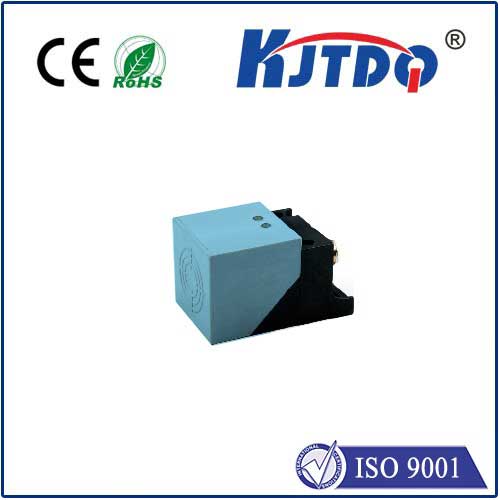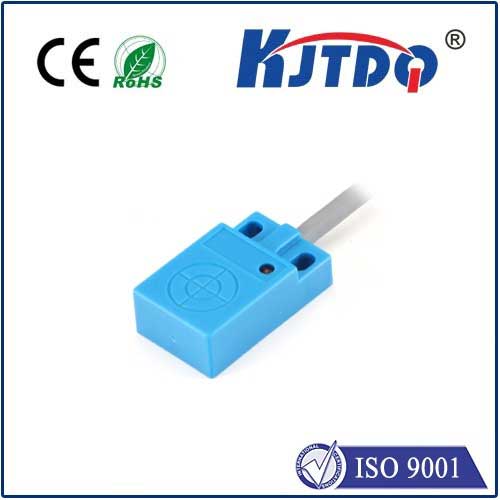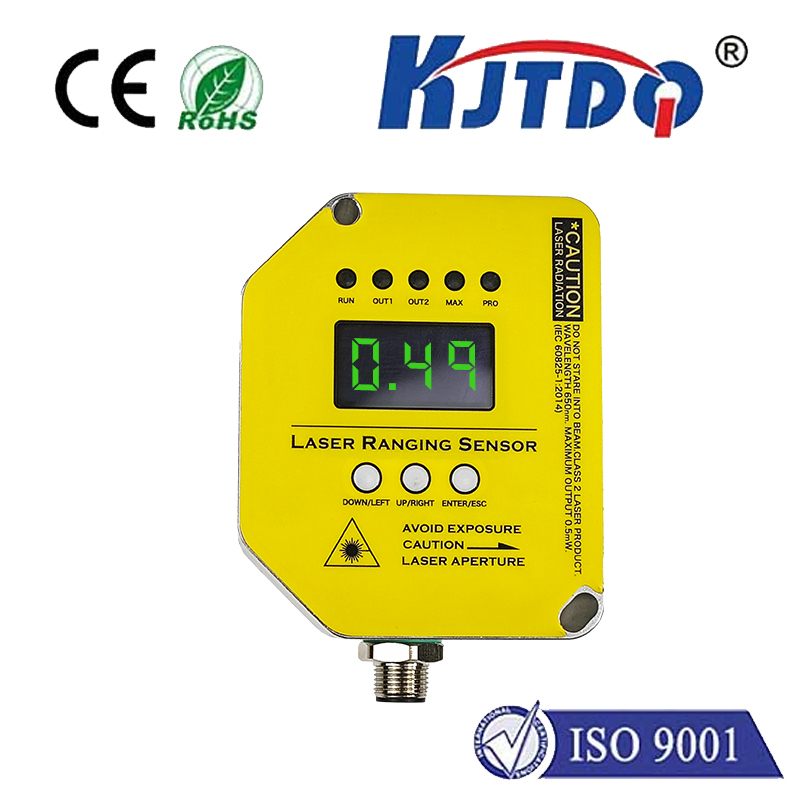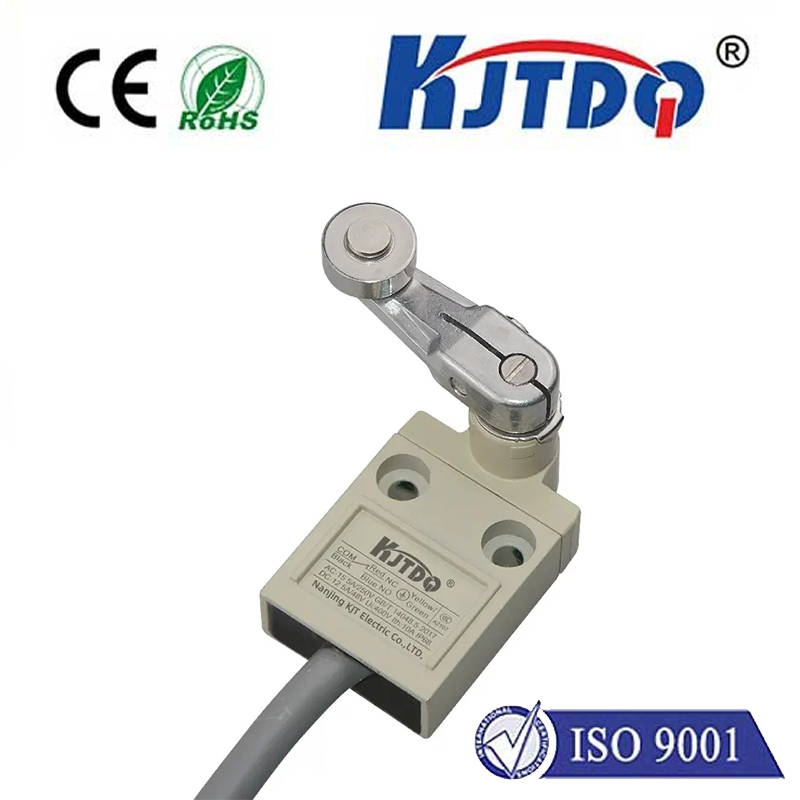miniature proximity sensor
- time:2025-06-14 01:06:25
- Click:0
Miniature Proximity Sensors: Powering Precision in Compact Spaces
Imagine shrinking the critical sense of touch found in industrial giants down to fit inside your smartphone or a delicate surgical robot. This isn’t science fiction; it’s the transformative reality made possible by miniature proximity sensors. These tiny technological marvels detect the presence, absence, or distance of nearby objects without physical contact, enabling smarter, more responsive, and incredibly compact electronic devices across countless industries. Understanding their capabilities is key to unlocking the next wave of miniaturized innovation.
Proximity sensors fundamentally work on principles like electromagnetic fields (inductive), capacitance changes (capacitive), or light beams (optical). When an object enters their detection zone, it disrupts the sensor’s field or reflects emitted light, triggering an output signal. What sets miniature sensors apart is their exceptionally small size – often measuring just a few millimeters in diameter and height – achieved through advanced microelectronics, specialized materials, and innovative packaging. This miniaturization doesn’t come at the cost of performance; modern versions offer impressive detection ranges, reliability, and energy efficiency relative to their size.
Why the drive towards smaller sensors? The answer lies in the relentless push for more compact, feature-rich devices:

- Space Constraints: Modern electronics – from smartphones and wearables to intricate medical instruments and dense industrial machinery – have incredibly limited internal real estate. Miniature proximity sensors provide vital detection functionality where traditional sensors simply wouldn’t fit.
- Weight Reduction: In applications like drones, robotics, and portable electronics, every gram matters. Miniature sensors contribute significantly to weight savings without compromising on essential sensing capabilities.
- Design Flexibility: Their small size allows for innovative integration into curved surfaces, tight corners, and complex assemblies, offering engineers greater design freedom.
- Power Efficiency: Smaller sensors inherently require less power to operate, a critical factor for battery-powered devices like IoT sensors and consumer electronics, extending operational life significantly.
The diverse applications of miniature proximity sensors showcase their versatility:
- Consumer Electronics: They are ubiquitous in smartphones (screen on/off during calls), tablets, laptops (detecting lid closure), wearables (gesture control), and even earbuds (detecting when in-ear).
- Industrial Automation: Despite their size, they play crucial roles in micro-factories and precision equipment, used for tiny component detection, verifying position of miniature actuators, end-of-arm tooling on small robots, and safeguarding personnel near compact machinery (safety interlocks).
- Medical Devices: Miniature sensors enable critical functions in surgical robots (tool positioning), portable diagnostics, hearing aids, infusion pumps, and implantable devices, demanding utmost reliability and biocompatibility.
- Automotive: Found in advanced driver-assistance systems (ADAS), interior ambient lighting controls, seat occupancy detection (enhancing airbag safety), and even smart door handles.
- Robotics: Essential for collision avoidance in small drones and robotic arms, precise object handling in grippers, and navigating complex environments for miniaturized robots.
- Emerging Tech: Enabling gesture recognition in VR/AR headsets and providing object detection within compact IoT devices scattered throughout homes and cities.
Key specifications demand careful consideration when selecting a miniature proximity sensor:
- Sensing Range: Often shorter than larger counterparts (e.g., 1mm to 15mm is common), but precisely calibrated for specific application needs. Long-range variants are emerging but remain niche.
- Size and Form Factor: Dimensions (diameter, height, length) and mounting style (flush/non-flush, threaded barrel, surface mount) are paramount for integration.
- Output Type: NPN, PNP, analog (current/voltage), or digital (IO-Link) outputs must match the control system requirements.
- Operating Frequency: Higher frequencies in inductive sensors improve response time and allow detection of smaller metal objects – crucial for high-speed miniaturized assembly lines.
- Material and Environment: Housing material (stainless steel, PBT, etc.), IP rating (dust/water resistance), and temperature range suitability are vital for target operating conditions. High-temperature options exist for demanding applications.
- Supply Voltage: Must be compatible with the device’s power source (commonly 5-24V DC).
Benefits extend far beyond just size:
- Enhanced Precision: Enables detection of incredibly small components or subtle positional changes at high speeds.
- Improved Reliability: Solid-state design (no moving parts) inherent in most proximity sensors translates to long life and minimal maintenance needs.
- Cost-Effectiveness: Mass production and standardization have made these sensors highly affordable for widespread adoption.
- Simplified Integration: Often feature straightforward wiring and mounting options designed for automated assembly processes.
Implementing miniature proximity sensors effectively requires attention to detail:
- Precise Mounting: Ensuring the sensor is correctly positioned relative to the target is critical due to potentially very small detection zones. Mounting brackets or custom fixtures are often needed.
- Target Material & Size: For inductive sensors, the target’s material (ferrous/non-ferrous) and size significantly impact the achievable sensing distance. Capacitive sensors are influenced by the target’s dielectric constant.
- Environmental Shielding: Electromagnetic interference (EMI) or physical contaminants (oil, metal dust) can impact performance. Selecting sensors with appropriate EMC immunity and environmental ratings is crucial.
- Wiring Considerations: Often require fine-gauge wiring and careful routing in cramped spaces.
Leading manufacturers like Omron, Pepperl+Fuchs, Sick, Balluff, and Panasonic continuously push the boundaries. Innovations focus on achieving even smaller footprints (sub-millimeter surface-mount devices), longer ranges relative to size, smarter digital sensors with IO-Link communication for diagnostics and parameterization, and enhanced resistance to environmental stresses. The integration of MEMS (Micro-Electro-Mechanical Systems) technology is also opening new possibilities for ultra-miniaturized sensor types.
Miniature proximity sensors are the unseen enablers of our increasingly compact and intelligent world. By providing reliable, non-contact detection in the tiniest of spaces, they empower engineers to design smaller, smarter, and more efficient products across the spectrum – from life-saving medical tools to the smartphones in our pockets. As miniaturization trends accelerate and detection technologies evolve, these powerful little components will continue to shrink the gap between physical presence and electronic response, driving the next generation of innovation where space is at a premium. Understanding their capabilities, limitations, and optimal application is essential for harnessing their full potential in modern engineering.












